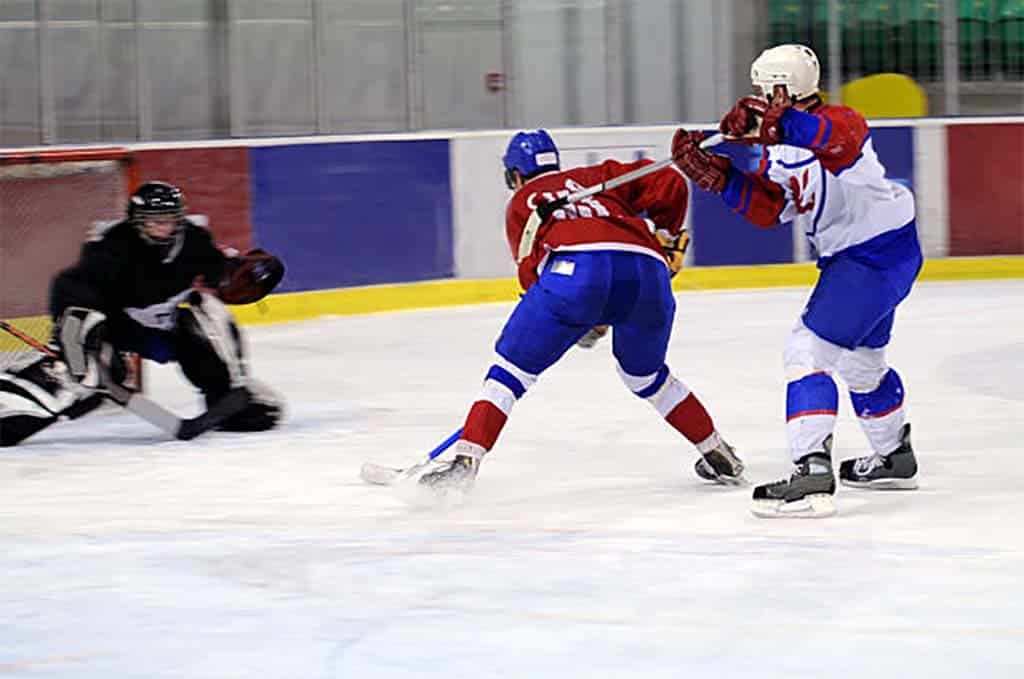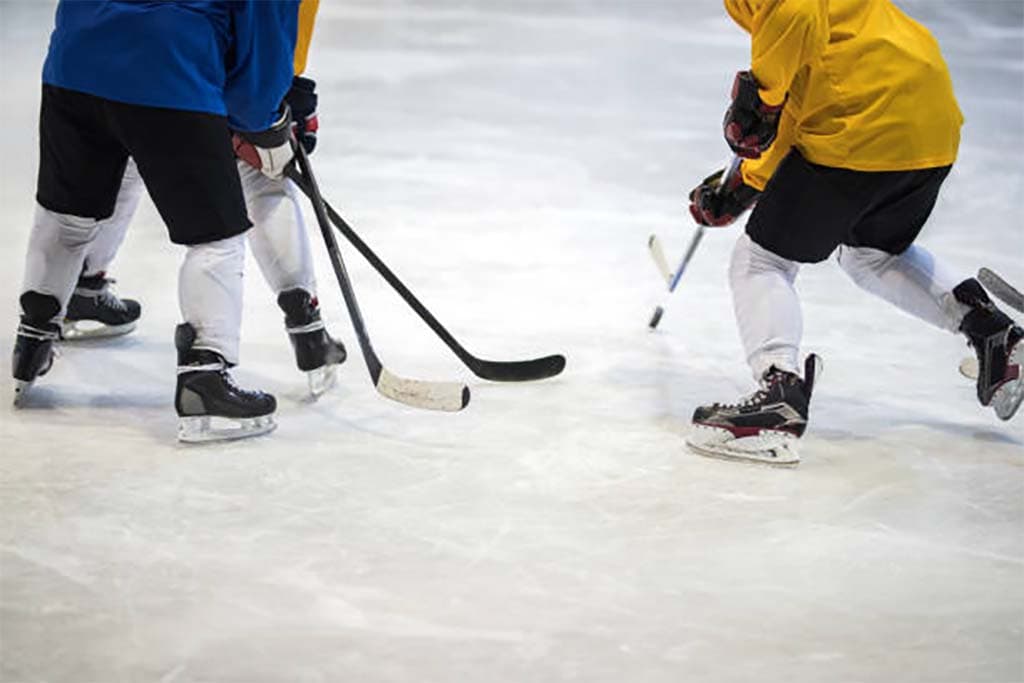
The intricate dance of agility, strategy, and precision defines both the fast-paced world of hockey and the dynamic realm of driving. At first glance, these disciplines might seem unrelated, but a closer examination reveals a rich tapestry of shared skills and lessons. Hockey players and drivers alike navigate their environments with a high degree of awareness, maneuvering through challenges with finesse and quick thinking. This article embarks on a journey to explore these parallels, shedding light on how the disciplined practice and mental acuity found in hockey can inform and elevate the driving experience. By understanding how to harness these shared skills, drivers can achieve not only greater safety and efficiency on the road but also a deeper enjoyment and mastery of the art of driving.
The explosive start of a hockey player, pushing off with immense power to glide across the ice, offers a compelling lesson in the use of acceleration and power for drivers. Just as a player combines strength, balance, and precision to achieve a swift and controlled start, drivers can apply similar principles to enhance their vehicle’s performance. The transition from a standstill to motion, whether on ice or asphalt, demands a nuanced understanding of how to effectively harness and modulate power. For those looking to optimize their vehicle’s performance, technologies like the 5.7 Hemi tuner serve as prime examples of how strategic enhancements can lead to significant improvements in responsiveness and efficiency, echoing the hockey player’s meticulous tuning of their equipment for peak performance.
The art of steering a vehicle with precision and confidence mirrors the skillset of a hockey player weaving through opponents with a puck at their stick. Both require an exceptional level of hand-eye coordination, balance, and anticipation. This section delves into techniques that can sharpen these skills, drawing on the similarities between executing a perfect turn on the ice and navigating a curve on the road. For drivers, mastering the art of steering goes beyond mere physical control; it involves developing a keen sense of the vehicle’s dynamics and responding intuitively to the road’s challenges, much like a hockey player reads the game and anticipates the movement of the puck and players.
Situational awareness is the backbone of both effective driving and successful hockey playing. On the ice, players must keep track of every moving piece, predicting the flow of the game to position themselves advantageously. Similarly, drivers are tasked with monitoring their surroundings, ready to react to the unpredictable elements of the road. This segment explores how the heightened awareness developed in hockey can be translated to driving, offering tips to enhance drivers’ ability to anticipate and navigate the uncertainties of the road. By fostering a heightened sense of awareness, drivers, like hockey players, can improve their decision-making process, making for a safer and more controlled driving experience.

The ability to make quick, decisive actions is crucial in both hockey and driving. The fraction of a second it takes for a hockey player to shoot or pass under pressure is akin to the rapid responses required from drivers facing sudden obstacles. This portion of the article provides insights into how drivers can improve their reaction times, drawing parallels to the training and reflexes of hockey players. By engaging in exercises that enhance cognitive speed and physical responsiveness, individuals can better prepare themselves for the split-second decisions that are often necessary on the road, leading to safer and more efficient driving practices.
As we conclude this exploration, it becomes clear that the worlds of hockey and driving are interconnected by the universal principles of speed, agility, and strategic foresight. The lessons drawn from the ice rink, when applied to the context of driving, offer a unique perspective on how to navigate the road with greater skill and confidence. By embracing the parallels between these two disciplines, drivers can not only improve their safety and performance but also rediscover the joy and artistry of driving. In the end, the journey from the rink to the road is not just about transferring skills – it’s about enriching our experiences in both arenas, united by the thrill of mastering movement and speed.